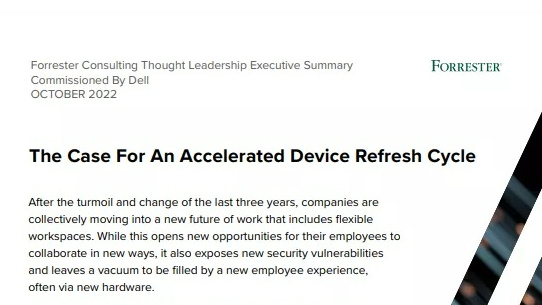Faber & Faber uses Box to track edits to authors’ manuscripts
Publisher says collaboration platform is key to modernisation drive

Faber & Faber is using Box to manage new manuscripts from draft form to final approval.
The 86-year-old publishing house plans to shift from traditional publishing methods to a more modern system, saying Box is a crucial part of its plans to improve collaboration across the company.
“Now content is always accessible and we’re able to meet crucial publishing deadlines more effectively,” said Jim Lindsay, integration specialist at Faber & Faber. “Thanks to Box, Faber has become much more efficient and more professional in its use of technology.”
The publisher of William Golding’s Lord of the Flies, and more recent literary giants like Philip Larkin, Kazuo Ishiguro, and Barbara Kingsolver, will be able to track manuscript comments by editors through Box, as well as letting staff access files remotely on personal devices.
Project sponsor Nigel Marsh, operations director at Faber & Faber, added: “The introduction of Box has given the company more peace of mind around data security whilst also allowing flexible access to our content.”
Box’s EMEA senior VP, David Quantrell, said: “Faber, founded almost a century ago, is a classic example of an established company modernising its workflow through new technology.
“By thinking differently about how its teams collaborate and share information, Faber has been able to increase output and now has a more mobile and productive workforce.”
Sign up today and you will receive a free copy of our Future Focus 2025 report - the leading guidance on AI, cybersecurity and other IT challenges as per 700+ senior executives
The publishing company is the latest British organisation to adopt Box, alongside Eurostar, Oxfam, University of Dundee, Peterborough Council and the Government Digital Service.
Box now counts 40 million users worldwide, and 50,000 paying customers, including 52 per cent of the Fortune 500.
-
 Everything you need to know about Google and Apple’s emergency zero-day patches
Everything you need to know about Google and Apple’s emergency zero-day patchesNews A serious zero-day bug was spotted in Chrome systems that impacts Apple users too, forcing both companies to issue emergency patches
-
 Ronald Richardson to lead Leaseweb’s global commercial strategy
Ronald Richardson to lead Leaseweb’s global commercial strategyNews The experienced executive has been named Leaseweb’s new CRO as the IaaS provider embarks on the next phase of its growth journey
-
 'Digital hide-and-seek': Workers are wasting hundreds of hours a year sourcing the information they need to carry out their role
'Digital hide-and-seek': Workers are wasting hundreds of hours a year sourcing the information they need to carry out their roleNews Knowledge workers globally are wasting a quarter of their working week tracking down information, new research from Atlassian has revealed.
-
 Untethered: How CIOs and CISOs are paving the way for the new hybrid workforce
Untethered: How CIOs and CISOs are paving the way for the new hybrid workforceWhitepaper Effective techniques to transition from exposed legacy infrastructure to an effective zero trust strategy
-
 Unlocking the power of your digital services
Unlocking the power of your digital servicesSponsored Businesses have invested significant cash into technology since COVID-19, but are they really getting their money's worth?
-
 Delivering fast and secure digital experiences for the modern hybrid workforce
Delivering fast and secure digital experiences for the modern hybrid workforceWhitepaper A new approach to digital experience monitoring that can monitor the health of all systems
-
 Collaboration is the glue that holds your business together
Collaboration is the glue that holds your business togetherSPONSORED A combination of productivity tools and cloud telephony can enable the best from your workforce
-
 The future of work and the forgotten workforce
The future of work and the forgotten workforcewhitepaper How to deploy a mobile-first strategy so no one gets left behind
-
 The case for an accelerated device refresh cycle
The case for an accelerated device refresh cycleWhitepaper Achieving a more cost-effective device lifecycle overall
-
 Employees are choosing how they work
Employees are choosing how they workWhitepaper And with the right secure digital strategy, this could be a great thing for your business: today and far into the future